“Found a big ol’ snake last week.”
Now, I typically mind my own business at the laundromat, but I can’t help but overhear the conversations happening right next to me. The man to my right was folding towels, chewin’ the fat with someone he obviously knew well.
“Lopped that head cleeeeean off, garden hoe.” He pantomimed the beheading, flourishing a washcloth for effect. “Thing was near 6 foot if it was an inch.”
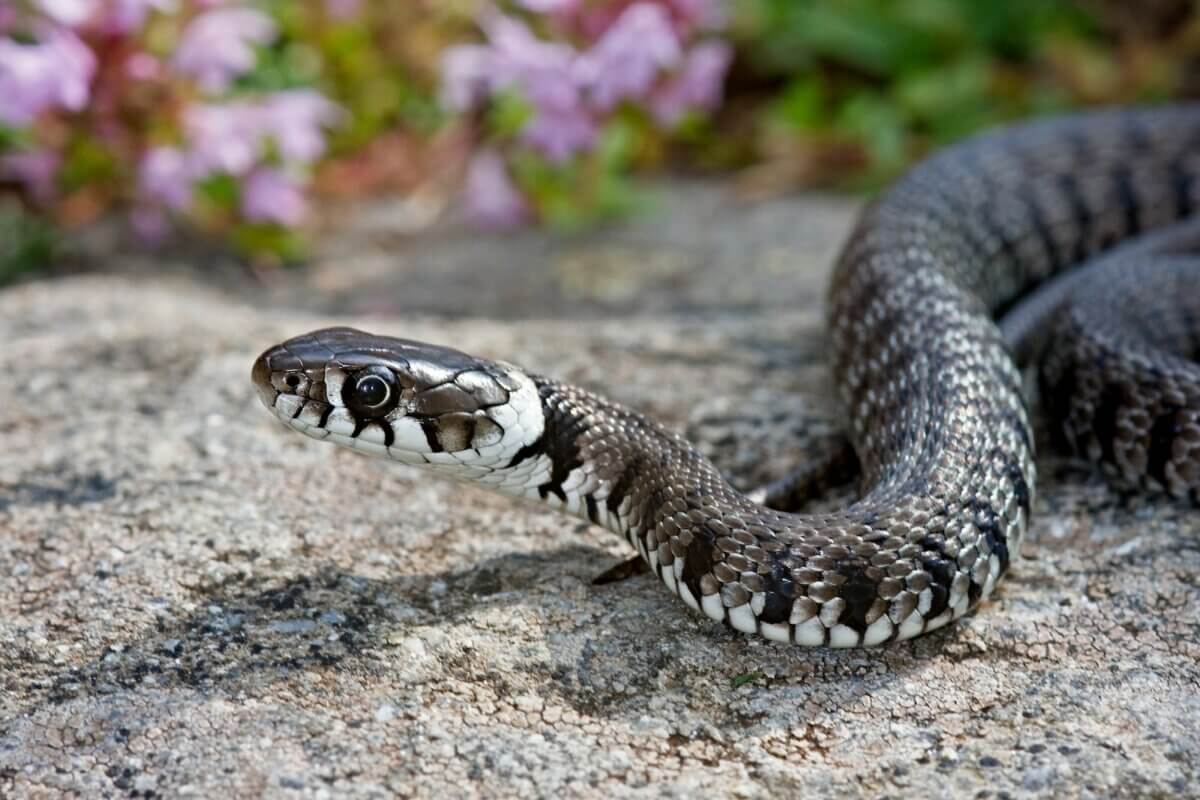
I winced, knowing that the doomed reptile had likely been a black rat snake or bull snake, the only snakes in my area that reach that size. Both species are harmless constrictors, more likely to slither away than interact with anything bigger than the rats that they hunt. But in my part of the woods, as with many rural areas, there’s a zero-tolerance policy for anything that slithers on its belly. The general attitude seems to be it’s better to be proactive and execute anything snaky, just in case it happens to be one of the poisonous species (and based an anecdote about that one uncle who actually did get bit, and lost his pinky toe from infection).
Though it certainly won’t make me popular in these parts, I would like to advocate for the snake’s existence on our homesteads, especially the harmless constrictors who bear the fatal brunt for their poisonous cousins. If you take the time to learn what these creatures are doing, you may find that you delight in sighting one, rather than shrieking and reaching for something blunt. I don’t anticipate my devil’s advocate role will win many hearts, but I hope you’ll stick it out for this article and give me a chance to explain why you shouldn’t kill that snake.
1. Snakes Eat Rats
Aside from feral dogs, no other animal has frustrated my livestock efforts more than the rat. Rats have massacred my pigeons. Rats have destroyed my hatchling chickens (and to this day, I cannot figure out how those rotten, no-good rodents got into our otherwise well-built chick coop. Yes, I’m still mad). Rats have even stolen acorns from me before I learned that I need to store them in a protected area. I can’t talk about those rodents without a curl of my lip. So, when I find a rat snake on my land, especially when I find one that’s pushing 6 feet of silky black scales across the ground like liquid asphalt, I know they didn’t get that big eating nothing. That’s 6 feet grown from an untold number of rat dinners, and to that, I tip my hat in gratitude.
I don’t know any sizable snake that doesn’t have rat (or mouse) on the dinner menu. For that reason alone, I’m thankful for their all-day hunting surveillance, keeping pests down in the background while I’m weeding my beets and feeding my chickens.
2. Some Snakes Eat Poisonous Snakes
Yep! Most snakes eat whatever they fit in their mouths, and they don’t mind if their prey is from the same family or genus as they are. Black king snakes are territorial, and will kill and eat copperhead snakes (as well as any other poisonous or nonpoisonous snake they can catch) which is yet another reason I am perfectly content to coexist with them on my homestead. To indiscriminately execute every slithery reptile is to potentially eliminate some of our most powerful allies against venomous snakes.
3. Snakes Want Nothing to Do With You
If you come across a snake in the field, it will most likely do everything in its considerable power to get as far away from you as possible. Despite what you have seen in cheap B horror films, snakes don’t have human on the menu (at least, North American snakes don’t. I know those apocalyptic-sized pythons in Indonesia might, but that’s a whole ‘nother story). You are too big and too scary to be anything other than a potential threat to them which, in the case of many hoe-wielding country folk, is absolutely true.
Most snake bites occur when people go on the attack against a snake. Any animal, when faced with a giant threat, is going to try and run away, but they will defend themselves if given no other choice.
The best advice I know on what to do with a snake, poisonous or not, comes from Missouri herpetologist Jeff Briggler. “Walk away,” he says. “You are more likely to be bitten attempting to kill a snake. I mean, the snake is threatened and upset, and it will readily defend itself, so live and let live.”
4. Snakes Are Fascinating
If you can get over the fear response or disgust that so many of us have inherited, I think you may be able to see snakes the way I do — as beautiful, graceful, and fascinating creatures. To see the way a blue racer melts through the grass as fast as you can run, somehow finding the most economical route in lightning-quick reasoning, or to see a speckled kingsnake drowsily draped across sandstone in the sun, a tongue flick the only indication of life, or to find an impossibly-thin rough green snake suspended from branches or brush like living calligraphy, you may start seeing them as much a part of the beauty of your land as the flowers and hummingbirds.
I am particularly amused by a favorite over-dramatic actor that I’ve found on my land: the eastern hognose snake. If pursued and bothered, it resorts to ridiculous theatrics to try make you lose interest. Though it may work for any other predator, for a curious human, it has the precisely opposite effect. First, it flattens its body and spreads its neck vertebrae and assumes the posture of a venomous snake, hissing and doing its best to look scary. This is a moment when many folks might believe it’s venomous, and kill the harmless creature.
If it finds that strategy ineffective, it then begins convulsing and flailing about on the ground as if it were in the most horrific of death throes, usually releasing a stinky, poo-like musk secretion to add to the illusion it is very much dying. If, for some reason, you’re still staring, it will then bite itself, flip onto its back, and do its best to look dead. At that point, the best you can offer the poor creature is a polite round of applause and a graceful, quiet exit. Once it thinks you’re finally gone, the reptilian thespian will manage to recover and do its best to become gone as well. I find these snakes hilarious, and always value their appearance in the path for the simple fact that they make me smile.
Identifying a Poisonous Snake From a Nonpoisonous Snake
Though your first reaction upon sighting something long and creeping in the grass may be fright, I challenge you to control your fear and turn it into observation instead. There’s a high likelihood that it’s a nonpoisonous snake, and killing it would do more harm than good in the long run.
Head Shape
First, look at the head shape. Poisonous snakes typically have distinctively wedge-shaped heads, while nonpoisonous constrictors have noggins that are more elongated and oval. Some constrictors, when threatened, will flatten out their heads and appear much like a viper, so this isn’t always a sure-fire identification method.
Pupils
Next, if you can see the head, check out the pupils. Constrictors have a round pupil, much like our own. Venomous snakes have a cat-like slit for a pupil.
Body Shape
Finally, look at the body shape. Constrictors are gracefully long and thin (the more to squeeze prey with) gently tapering along their length. By contrast, most viper-types are short and powerfully fat-bodied with muscle.
A misleading trait to use for identification is scale markings. Though mature poisonous snakes like the copperhead have a distinctive “Hershey’s kiss” brown markings, immature snakes of all species often look different from their adult forms. Unless you’ve taken the time to study snakes in both their mature and immature forms, pattern appearances can often be confusing.
An excellent resource on this distinction is a recent article from the Missouri Conservationist Magazine “Doppelfangers.” It’s available to read free online, and goes into great detail about how nonpoisonous snakes are often misidentified and, as you heard in my intro story, promptly beheaded.
I hope that, at the very least, this article gives you some food for thought the next time a snake crosses your path. Maybe, just maybe, you might be able to see it as a beautiful creature that has a place in nature, and let it slither off to keep eating pests and live its quiet life. A creature-lover like me can dream, right?


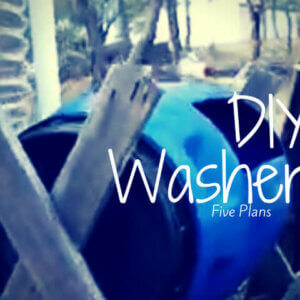
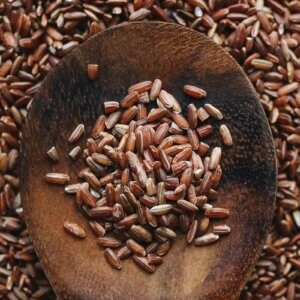

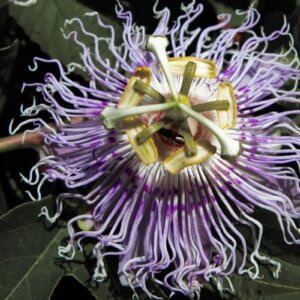
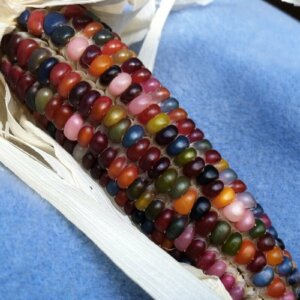
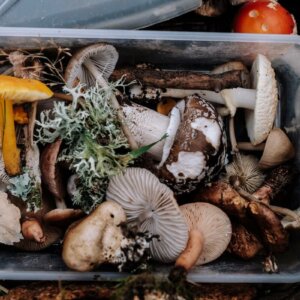
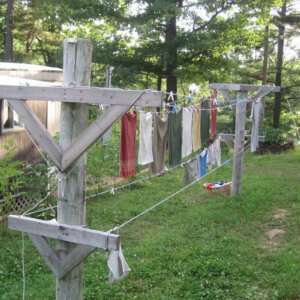
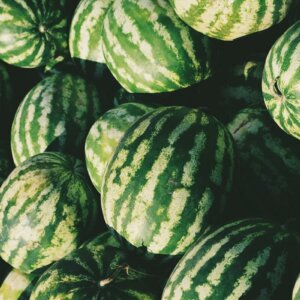

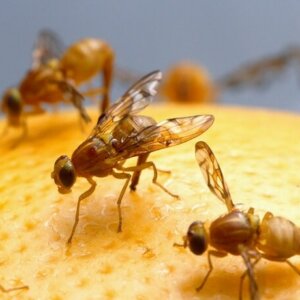





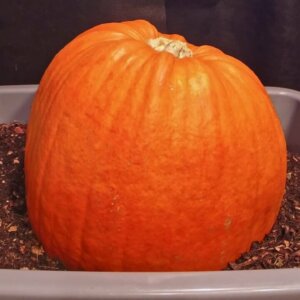


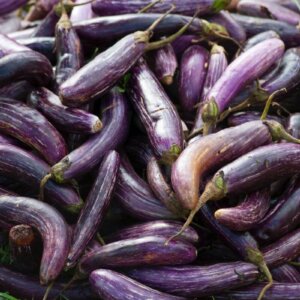
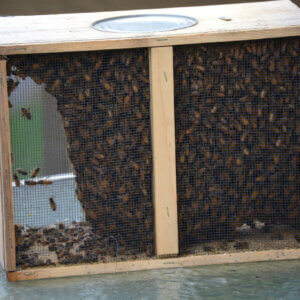
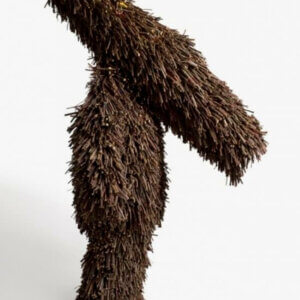

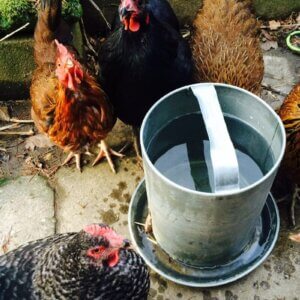








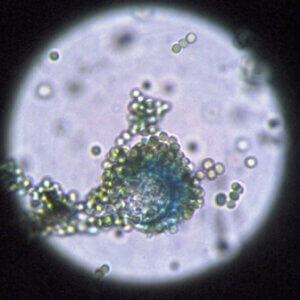


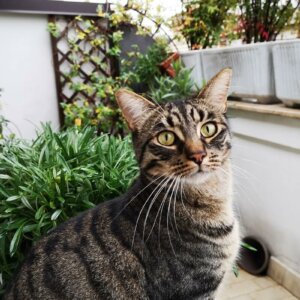
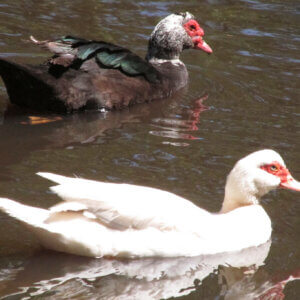
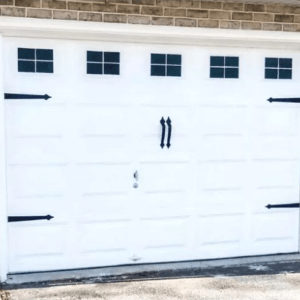
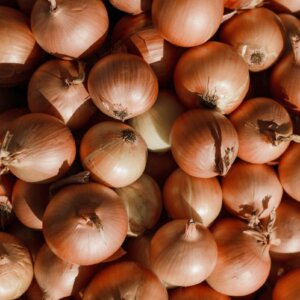

No cringe here. I think almost all creatures have their place, though I still can’t figure out mosquitoes, fleas & ticks…
Thanks for this article in support of our reptilian friends. We see fewer snakes on our property than we did years ago, and it saddens me. Snakes are good to have around, and I hope your writing changes a few minds, at least.
These insights resonate with me deeply, even as a firefighter accustomed to facing risks head-on. Despite my training, encountering snakes still gives me pause. However, after reading this article, I’ve gained a newfound appreciation for these creatures. The author’s observations shed light on the misunderstood world of snakes, reminding us of their vital role in maintaining ecological balance. As someone who values caution, I now approach encounters with snakes with greater respect and understanding.